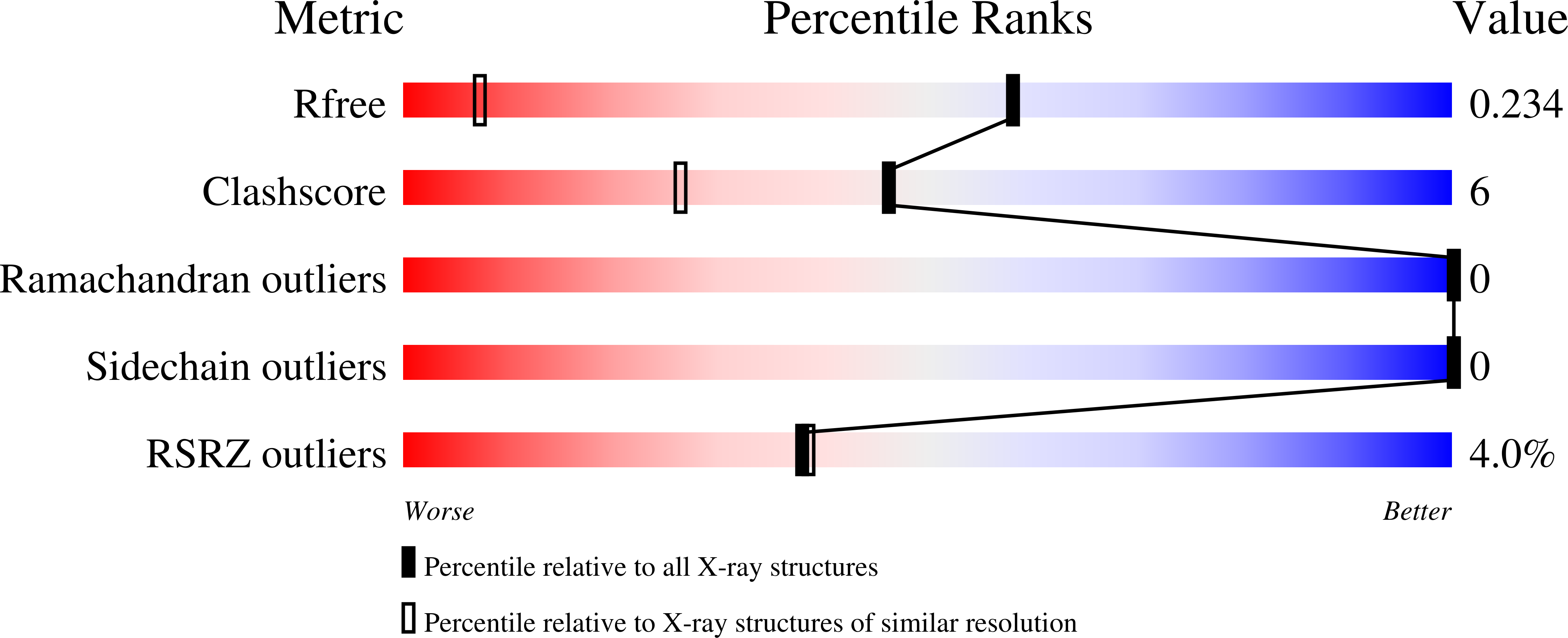
Deposition Date
2021-10-06
Release Date
2022-04-20
Last Version Date
2024-01-31
Entry Detail
Biological Source:
Source Organism:
Streptomyces griseus (Taxon ID: 1911)
Host Organism:
Method Details:
Experimental Method:
Resolution:
1.33 Å
R-Value Free:
0.23
R-Value Work:
0.19
Space Group:
C 2 2 21


